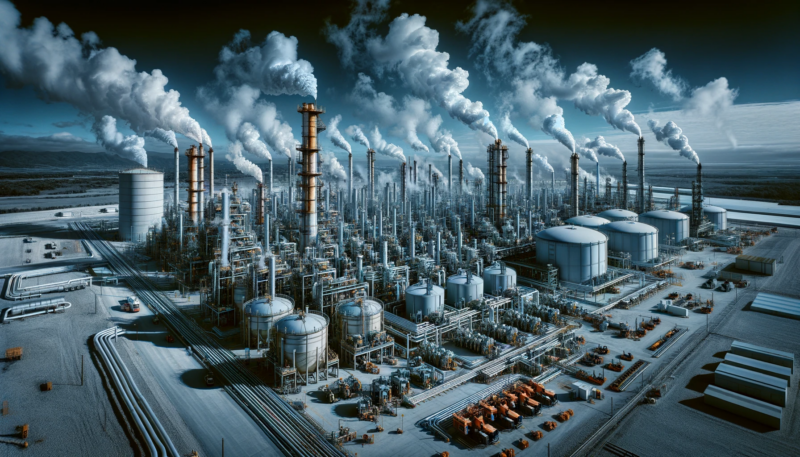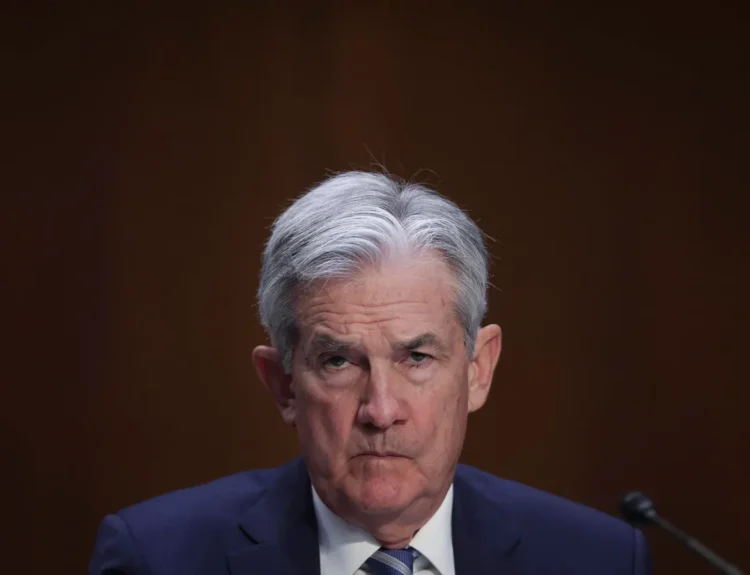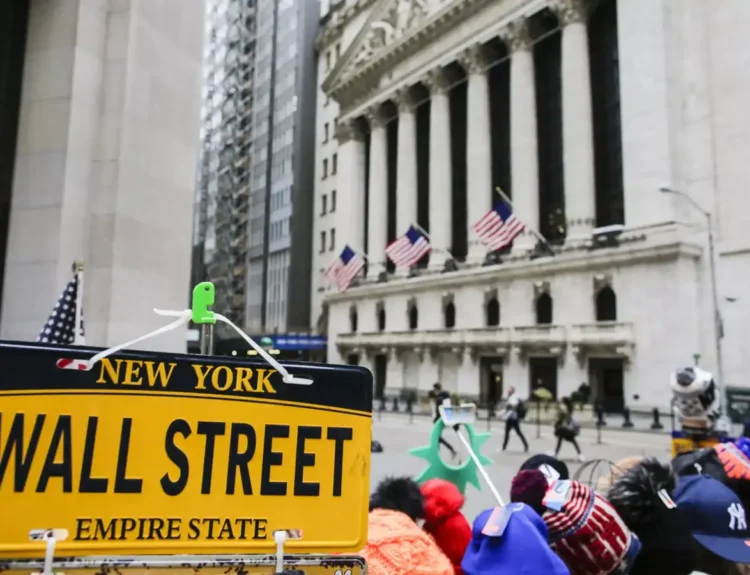Natural gas prices skyrocketed by 20% on Monday, December 30, 2024, as colder-than-usual weather is forecasted to hit the U.S. East Coast in January. According to CNBC, the sharp rise in prices highlights concerns over increased demand for heating fuel during the upcoming cold snap.
Colder Weather Drives Demand
Meteorological forecasts predict below-average temperatures for much of the northeastern U.S., which is likely to drive up the consumption of natural gas for residential and industrial heating. The spike in demand comes at a time when storage levels are already under scrutiny, fueling market concerns about supply constraints.
“January could be one of the coldest starts we’ve seen in years, especially in major demand centers like New York and Boston,” said a senior analyst at an energy consulting firm.
Impact on Energy Markets
The surge in natural gas prices has ripple effects across energy markets:
- Electricity Costs: Utilities heavily reliant on natural gas for power generation may pass on higher costs to consumers.
- Heating Expenses: Households on the East Coast could see a spike in heating bills if the colder weather persists.
- Industrial Impacts: Industries that rely on natural gas as a feedstock or energy source may face increased production costs.
The natural gas market has seen heightened volatility in recent months due to a combination of fluctuating storage levels, geopolitical factors, and changing weather patterns. Analysts warn that this latest surge could signal further price instability in early 2025.
As the U.S. prepares for a colder-than-usual January, natural gas markets are bracing for heightened demand and potentially higher prices. Consumers and businesses are advised to monitor weather forecasts closely and prepare for increased energy costs in the weeks ahead.










